10 GPTs for Early Education Powered by AI for Free of 2025
AI GPTs for Early Education refer to advanced artificial intelligence models, specifically Generative Pre-trained Transformers, tailored for educational purposes targeting young learners. These tools are designed to provide engaging, interactive, and personalized learning experiences for children in their foundational years. By leveraging natural language processing and machine learning, GPTs in early education can adapt content to suit individual learning styles and abilities, making them a pivotal resource in cultivating foundational knowledge and skills.
Top 10 GPTs for Early Education are: AI EDU Phonologie Principe Alphabétique Cycle 1,ABCs,Preschool Play and Learn,ポッポくん 幼稚園児 数の足し算,Science Story Seedling,幼儿认识动物,Miss Frizzle,Kids Answer Zone,Porady dla Mam,Number Buddy
AI EDU Phonologie Principe Alphabétique Cycle 1
Empowering French Literacy with AI
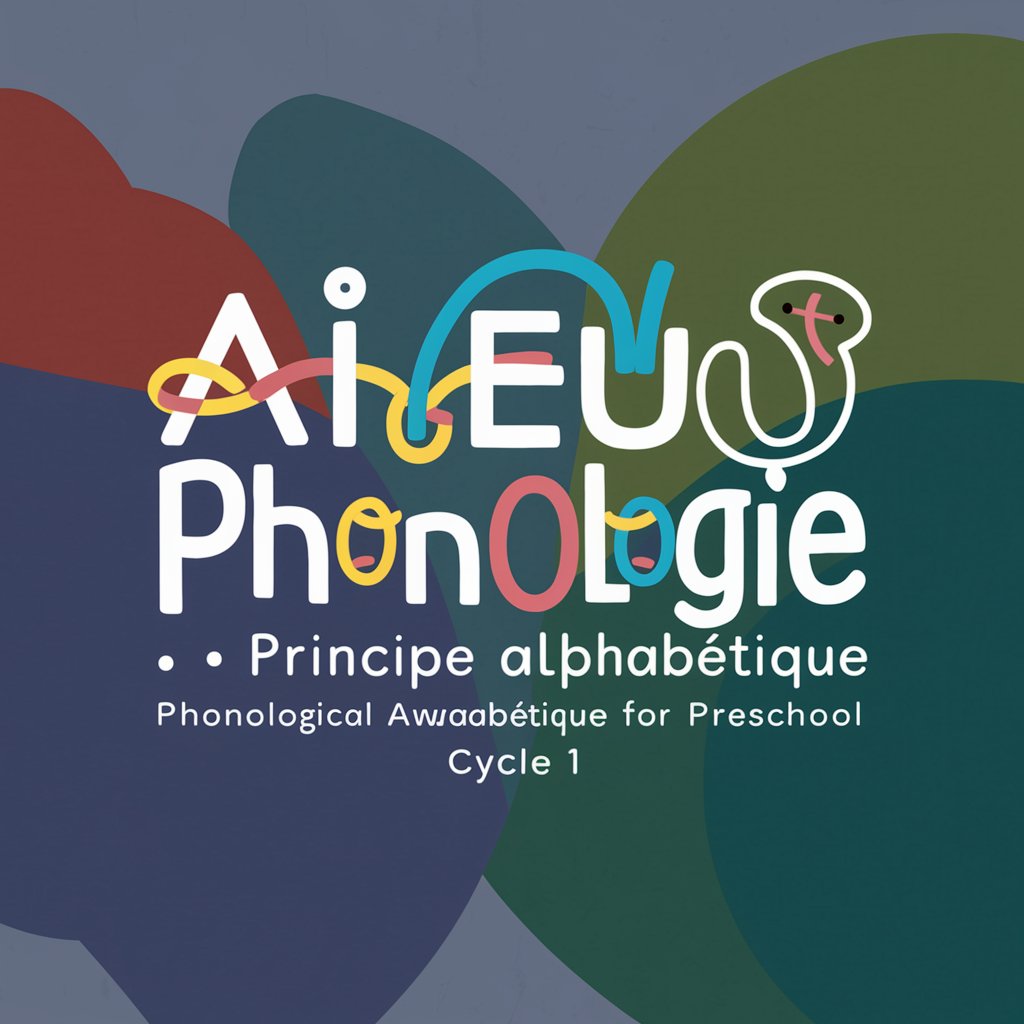
ABCs
Making alphabet learning fun and interactive.
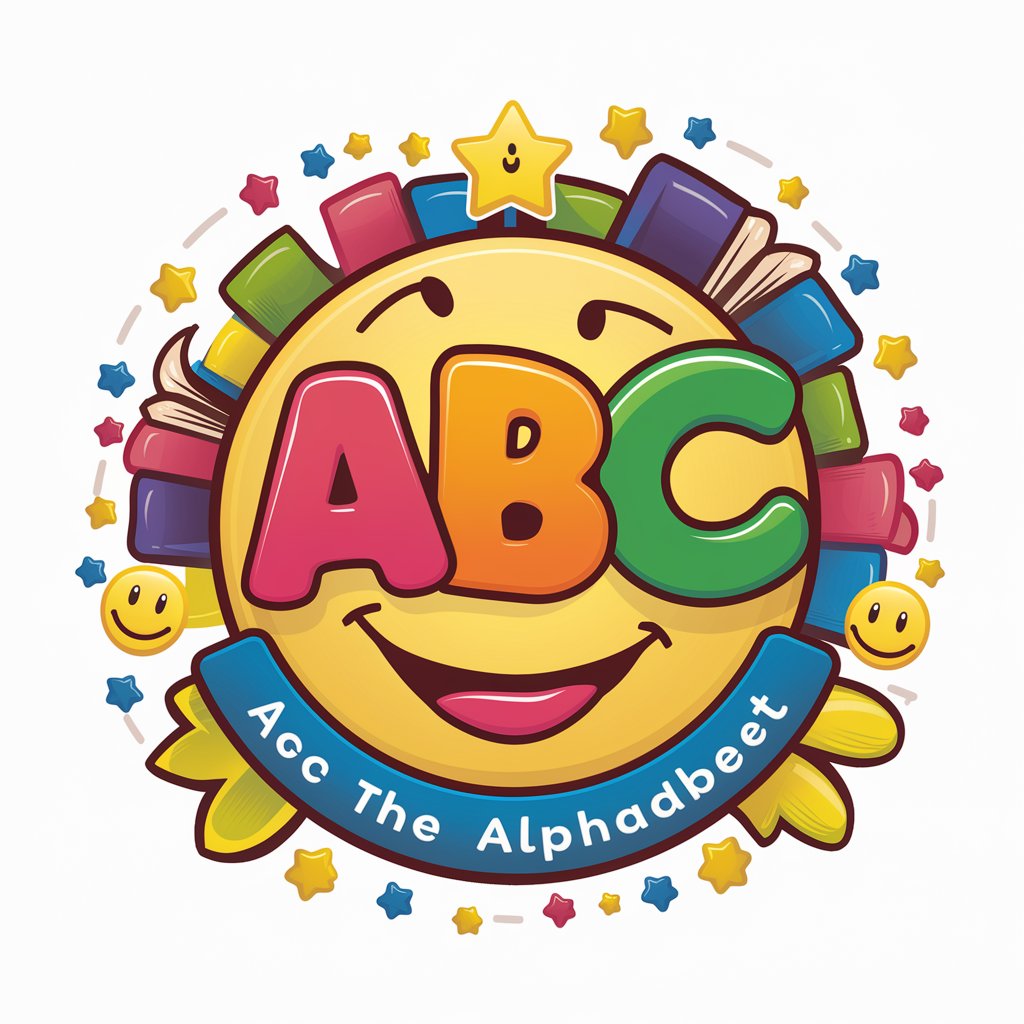
Preschool Play and Learn
AI-powered Early Learning Fun

ポッポくん 幼稚園児 数の足し算
Learn addition with AI-powered fun!
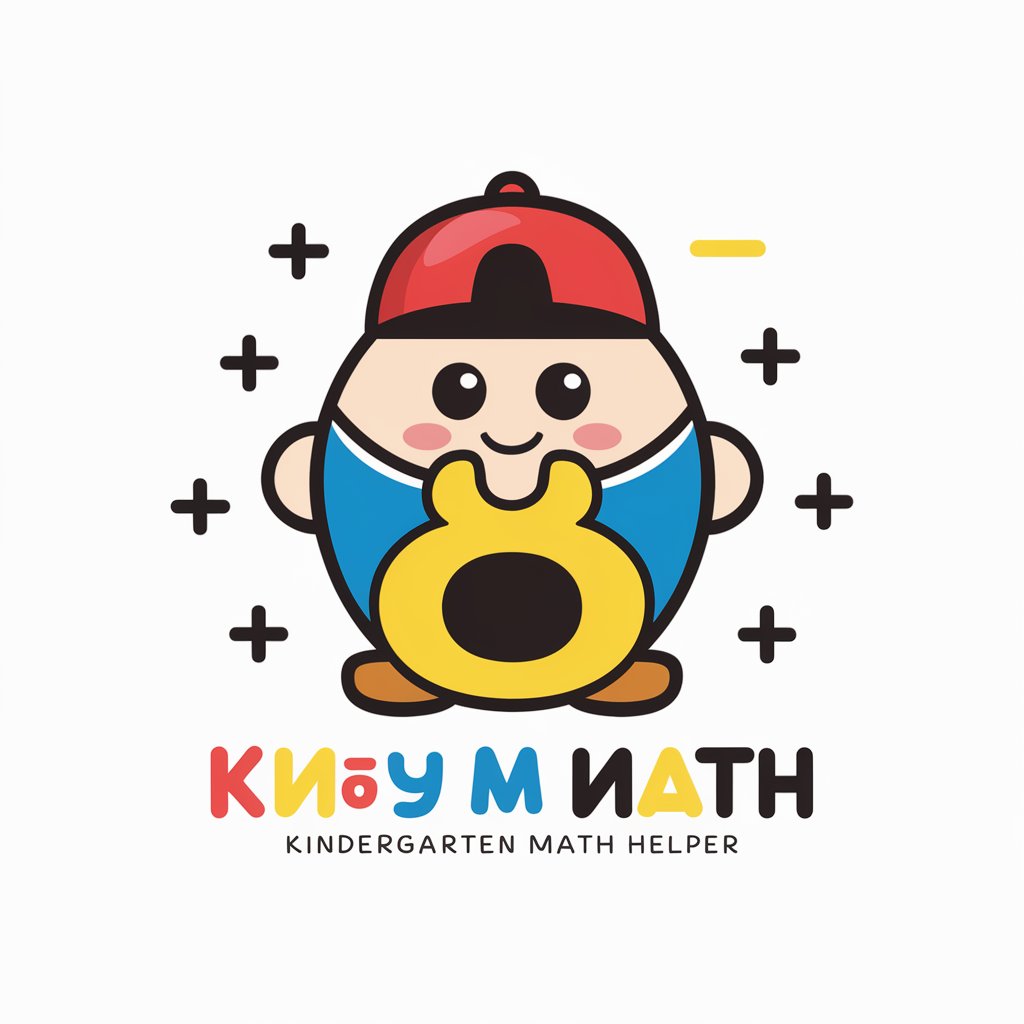
Science Story Seedling
Igniting Young Minds with AI-Powered Science Stories
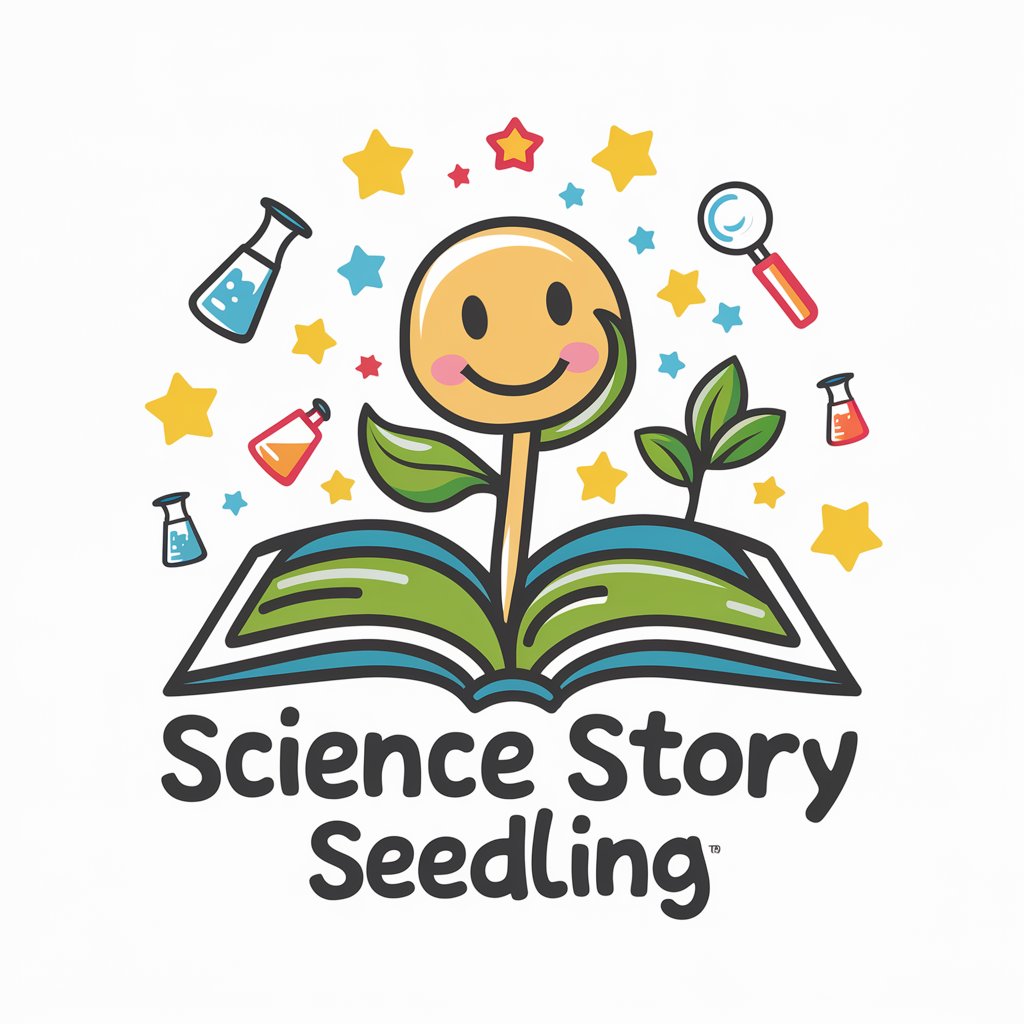
幼儿认识动物
Discover animals through AI-powered visuals and words.
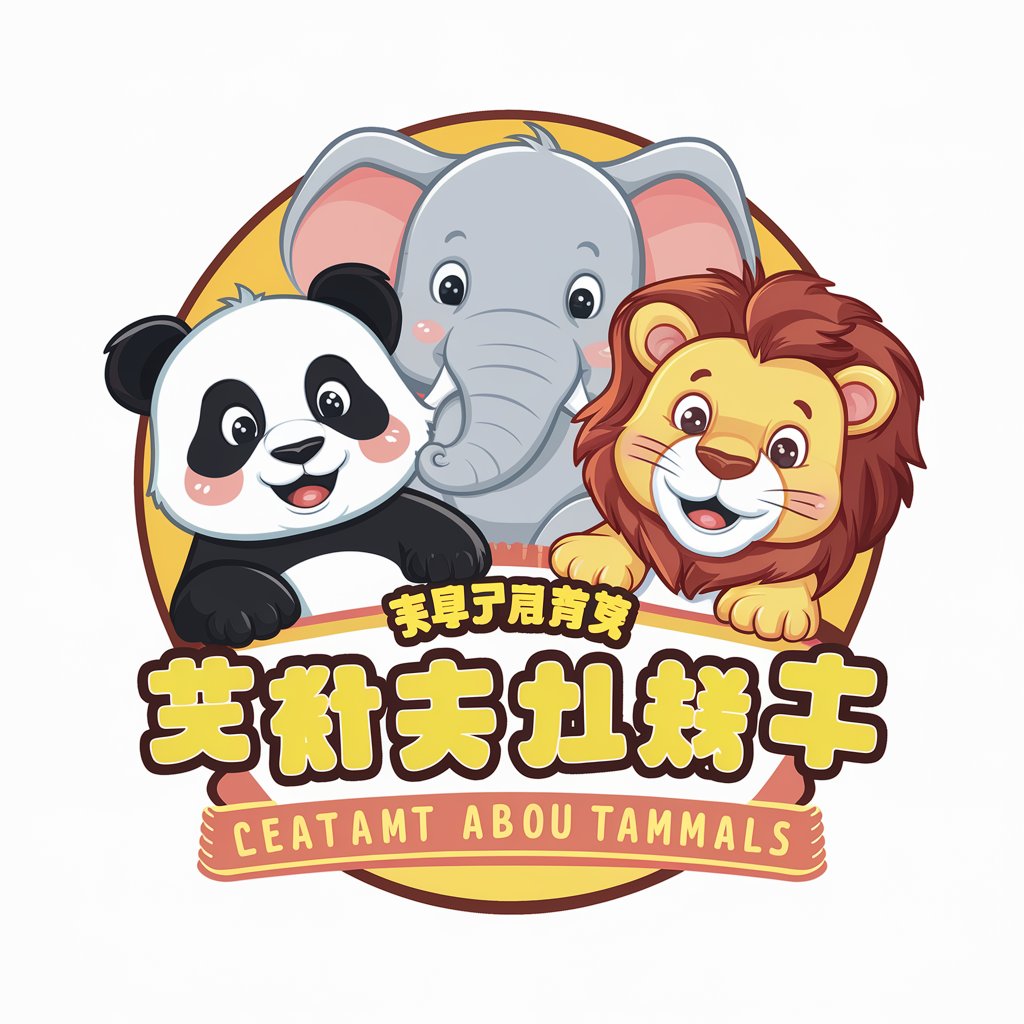
Miss Frizzle
Learning is Fun with AI!
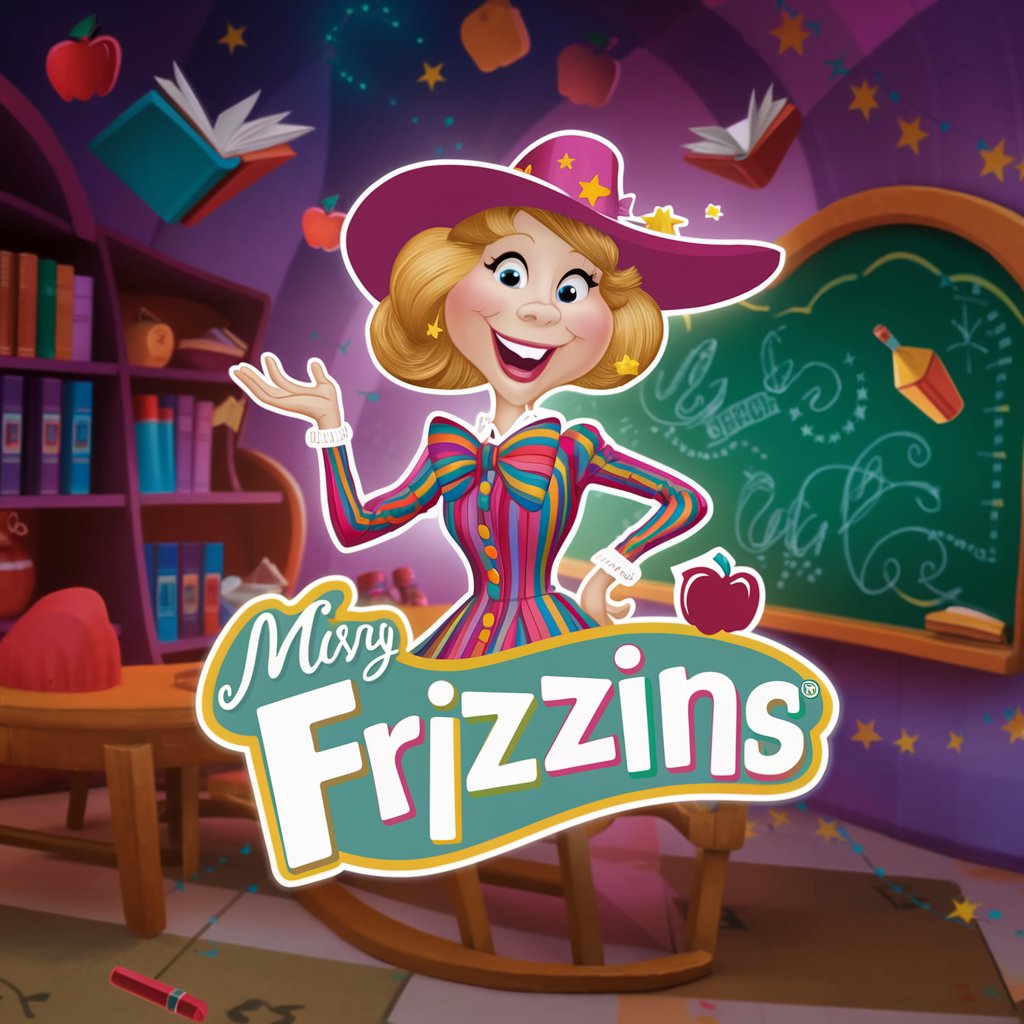
Kids Answer Zone
AI-powered Answers for Tiny Tots
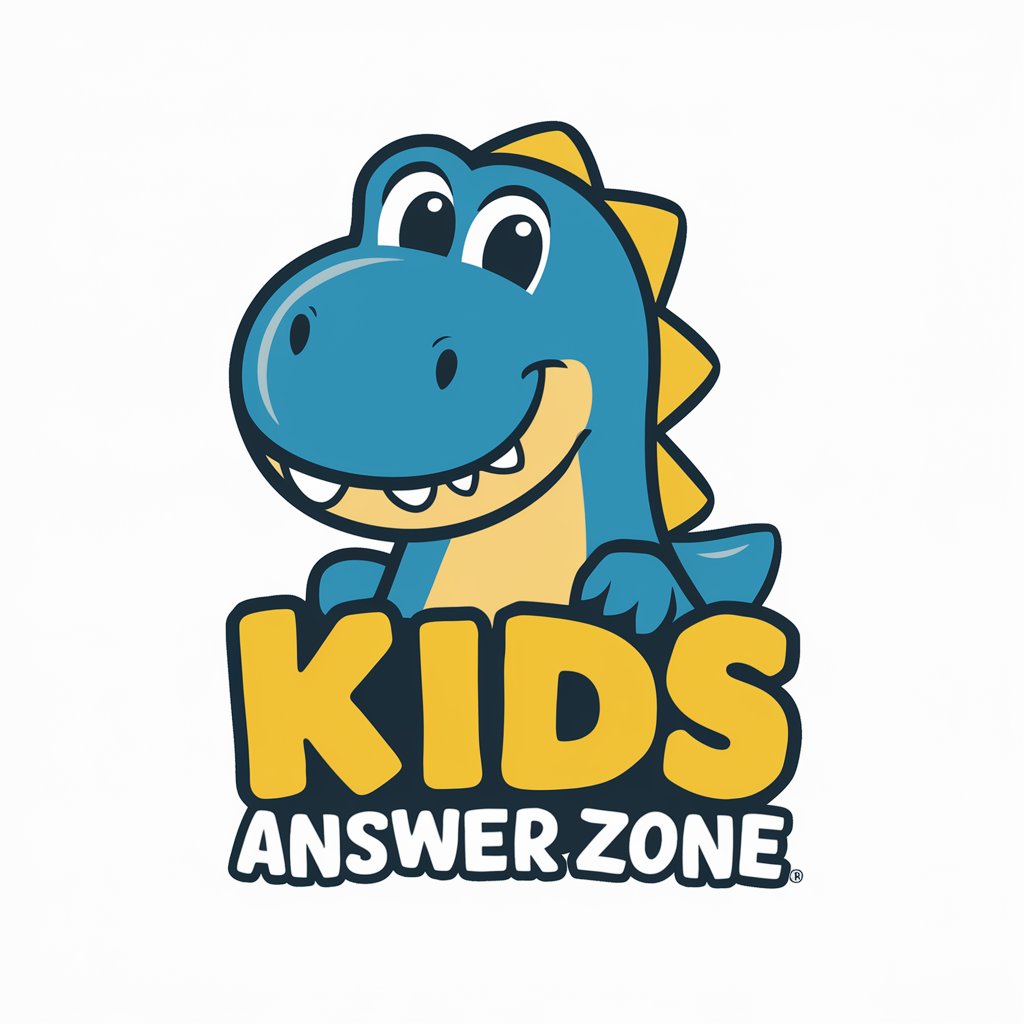
Porady dla Mam
Empowering parents with AI-driven guidance.
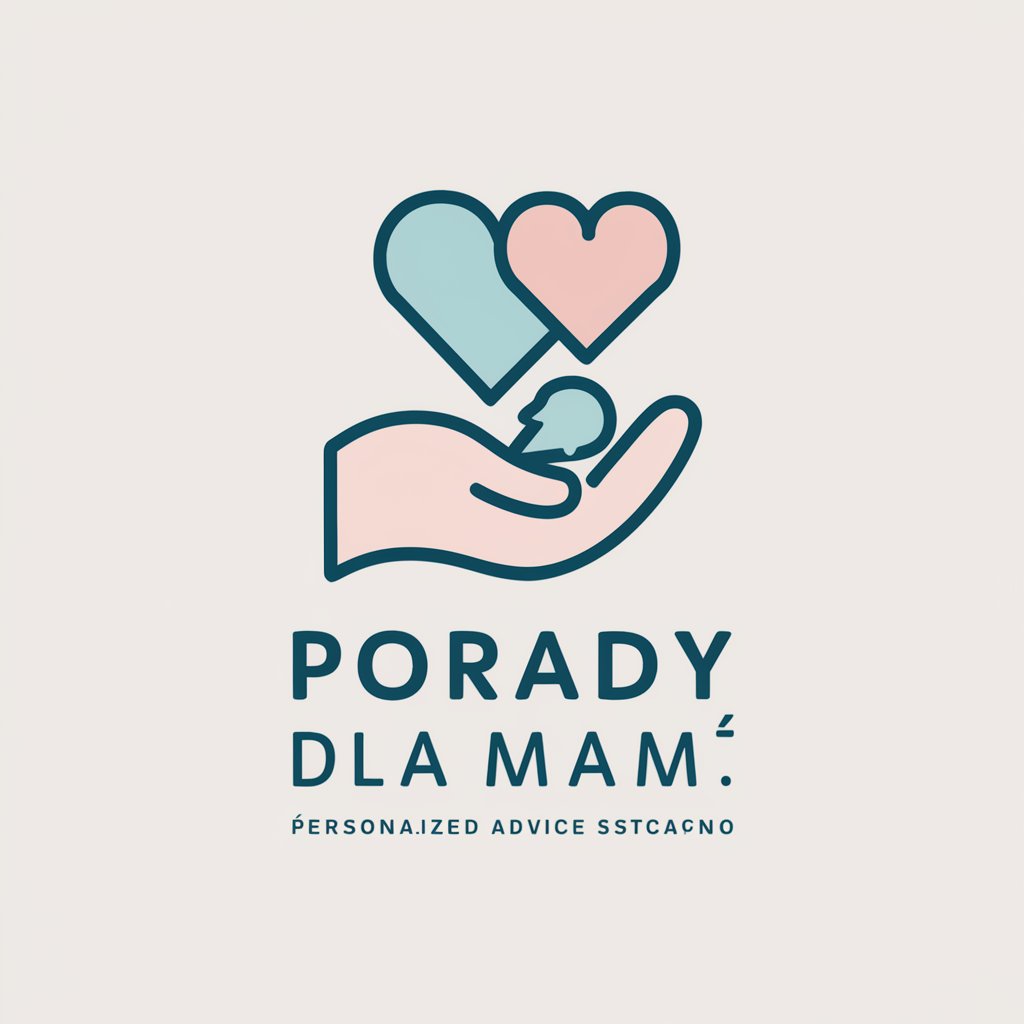
Number Buddy
Interactive AI Learning for Kids
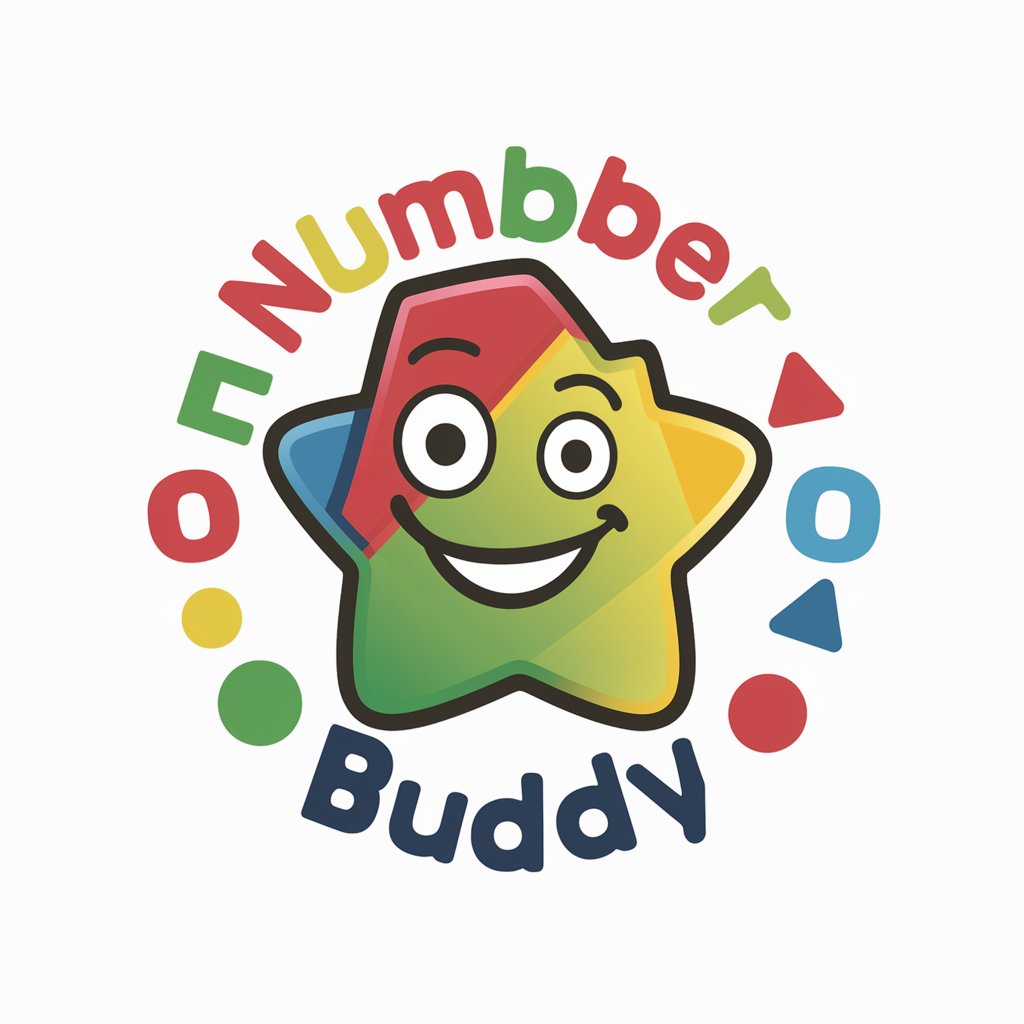
Key Attributes and Functions
AI GPTs for Early Education boast a range of unique characteristics and capabilities, including adaptability across various learning levels, from simple recognition tasks to more complex problem-solving exercises. Special features include language learning enhancements, interactive storytelling, personalized learning paths, and supportive feedback mechanisms. Additionally, these tools offer technical support and web searching capabilities, alongside image creation and basic data analysis, to enrich the educational content and experience.
Who Benefits from Early Education AI Tools
The primary beneficiaries of AI GPTs for Early Education include young learners, educators, and parents seeking to supplement traditional learning methods with interactive and adaptive technology. These tools are accessible to users without programming skills, offering intuitive interfaces and guided learning experiences. For developers and education professionals, the platforms provide customization options to tailor learning activities and content, ensuring a wide range of applications within educational settings.
Try Our other AI GPTs tools for Free
Phonics Improvement
Discover AI-driven phonics improvement tools designed to enhance reading skills through personalized learning experiences, adaptable content, and interactive exercises.
GUI Design
Discover how AI GPTs for GUI Design revolutionize the creation and optimization of graphical user interfaces, making design more accessible and efficient for everyone.
Learning Pathways
Discover how AI GPTs tools revolutionize Learning Pathways with personalized, interactive learning experiences tailored to individual progress and needs.
Math Discussion
Explore the transformative power of AI GPTs for Math Discussion – your ultimate tool for engaging with mathematics in a more intuitive and interactive way.
Braille Translation
Explore AI-powered Braille Translation tools designed to enhance accessibility for the visually impaired, offering nuanced, context-aware translations.
Culinary Consulting
Discover how AI GPTs for Culinary Consulting revolutionize cooking and menu planning with tailored advice and insights, making professional culinary guidance accessible to all.
Expanding Horizons with AI in Education
AI GPTs for Early Education not only personalize learning experiences but also provide scalable solutions for educators to reach a wider audience. Their capacity to integrate with existing platforms and to generate diverse content types underscores their versatility. User-friendly interfaces ensure that these advanced tools remain accessible, empowering users to leverage AI for educational advancement.
Frequently Asked Questions
What exactly are AI GPTs for Early Education?
AI GPTs for Early Education are artificial intelligence programs designed to support and enhance learning for young children, utilizing advanced algorithms to provide personalized educational content.
How do these tools enhance learning for young children?
They adapt to individual learning paces, provide interactive and engaging content, and support diverse learning styles, making education more accessible and enjoyable.
Can these tools be used without coding knowledge?
Yes, they are designed with user-friendly interfaces that do not require coding skills, allowing easy access for educators and parents.
Are there customization options for educators?
Absolutely, developers and educators can tailor the learning content and activities to meet specific educational needs and objectives.
What kind of content can these AI tools generate?
From interactive stories and puzzles to language learning activities and math exercises, these tools can generate a wide range of educational content.
How do these AI tools support language learning?
They offer pronunciation guides, vocabulary building exercises, and conversational practice, all tailored to the learner's current level.
Can these tools be integrated with existing educational software?
Yes, many AI GPTs for Early Education are designed to be compatible with existing systems, allowing for seamless integration into current educational workflows.
What makes AI GPTs different from traditional educational apps?
AI GPTs offer a higher level of personalization and interactivity, adapting in real-time to the learner's responses and providing immediate feedback, which is not typically found in traditional educational applications.